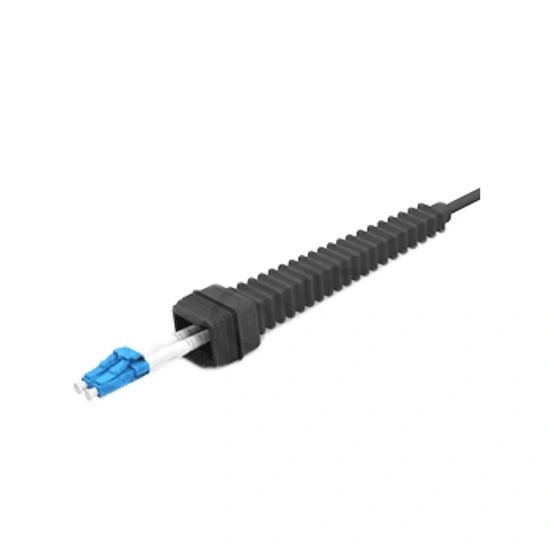Importance of Selecting the Right Fiber Optic Connector Type for Application Scenarios

Fiber optic connectors play a crucial role in ensuring reliable and efficient data transmission in various industries. Choosing the appropriate connector type is vital to ensure optimal performance and compatibility with the specific application. In this article, we will discuss the factors to consider when selecting the suitable fiber optic connector type, and explore different practical application scenarios where each connector type excels.
1. Connector Compatibility and Fiber Type
When choosing a fiber optic connector type, it is essential to consider the compatibility with the existing fiber infrastructure. Different connector types are designed to match specific fiber types, such as single-mode or multimode fiber. Single-mode fibers are commonly used for long-distance transmission, while multimode fibers are preferred for short-distance applications. It is crucial to choose a connector that matches the fiber type to ensure optimal performance.
2. Connector Performance and Application Requirements
Each fiber optic connector type has its unique performance characteristics, including insertion loss, return loss, and durability. Understanding the specific performance requirements of the application is crucial in selecting the appropriate connector type. For example, applications that require high data transmission rates and low signal loss may benefit from connectors with low insertion loss and high return loss. On the other hand, in harsh environments, connectors with enhanced durability and ruggedness are preferred.
3. Ease of Use and Installation
Another consideration when choosing a fiber optic connector type is the ease of use and installation. Some connectors require special tools and techniques for termination, while others offer field-installable options. Understanding the available resources, skill level, and time constraints can help determine the most suitable connector type for the application. Additionally, connector compatibility with existing equipment, such as fusion splicers or measurement devices, should also be evaluated.
In summary, choosing the appropriate fiber optic connector type involves considering connector compatibility with the fiber type, understanding the specific performance requirements, and evaluating ease of use and installation. By carefully assessing these factors, one can ensure successful deployment and optimal performance in various practical application scenarios.



